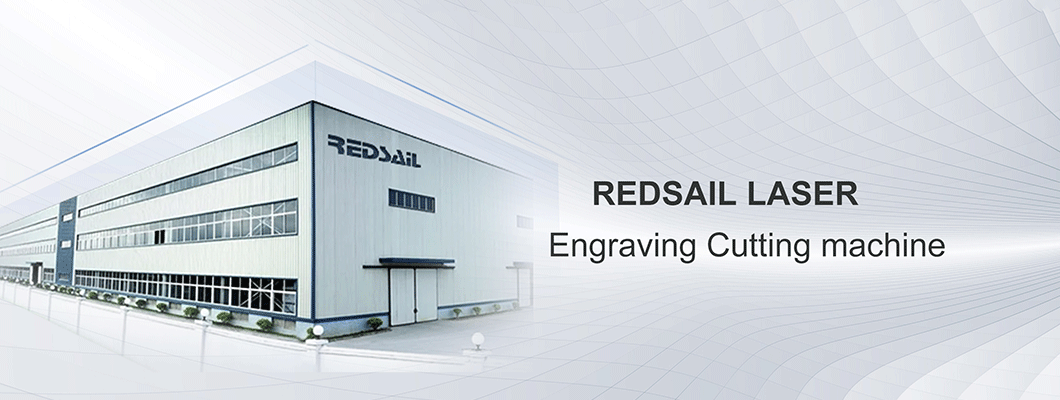
1: Carving process effect
Ordinary mechanical carving cannot carve dots of different thicknesses in an economical way, so there is no grayscale representation. Laser engraving machine realizes engraving by point, which has natural advantages in gray-scale performance. For this reason, gray expression should be used as much as possible in carving design. The advantage of this is that on the one hand, the coloring process is reduced and the cost is saved; When using, the user first fills the graphics with different grayscale (the text should be converted into graphics first), and selects black-and-white mode for carving output to try different effects. The accuracy is generally not more than 500dpi.
2: Applied Materials
The materials of laser engraving machine mainly include: log (unprocessed wood), density veneer, acrylic (a kind of plexiglass), two-color board, glass, etc.
3: Carving steps (acrylic as an example)
A: Laser engraving
Generally speaking, plexiglass is engraved on the back, that is to say, it is engraved from the front. Looking from the back, this can make the finished product more three-dimensional. When carving on the back, please mirror the graphics first. The carving speed of the laser engraving machine should be fast and the power should be small. If the power is too high during carving, uneven stripes will appear on the bottom. If you want to carve deeper, you can try carving several times. In the case of back carving, the local coloring should be carved deeper first, and then polished with a flame polisher before adding coloring. If it is not polished, the color will be uneven from the front.
B: Laser cutting
Plexiglass is relatively easy to cut. If the customer's requirements are not high, it can be delivered after cutting without flame polishing. Otherwise, the air blowing device should be used during cutting to improve the cutting quality. When cutting plexiglass of more than 8mm, replace the larger lens.
Note: the operator shall not leave when cutting plexiglass, as flames may be generated during cutting.
C: Cleaning
Clean the surface with a damp cloth after carving
D: Staining
Acrylic pigments can be used, and other pigments may damage the smoothness of plexiglass.

Leave a Comment